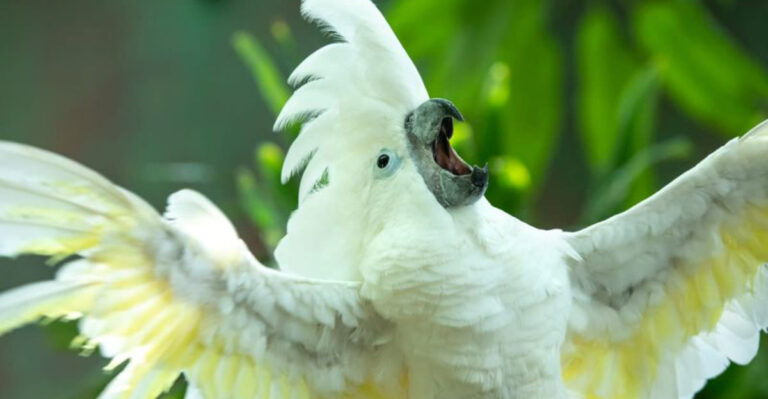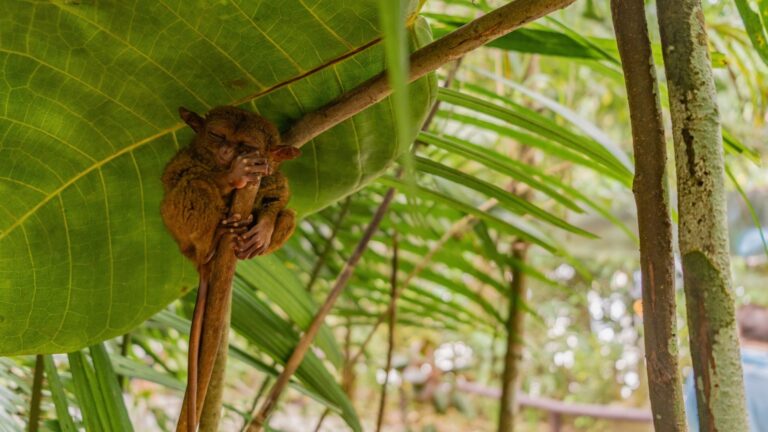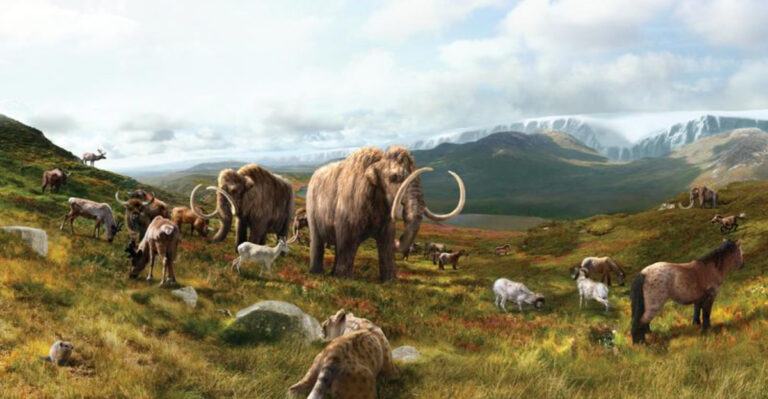13 Animals That Outlive Humans By Decades, Centuries And Millennia
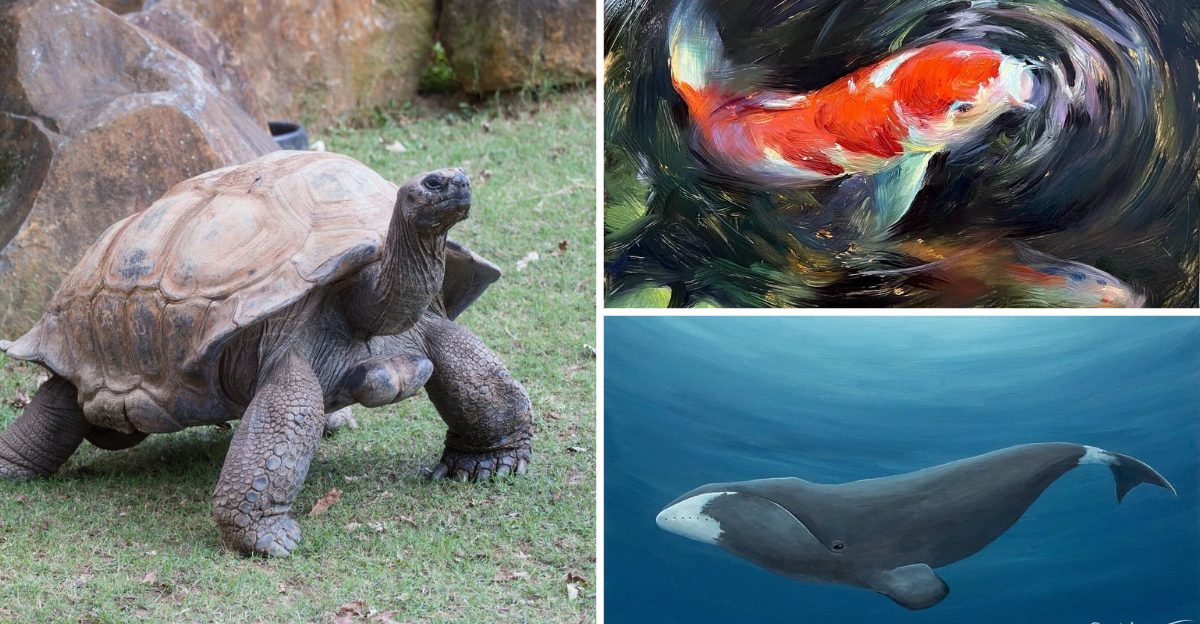
Nature is full of surprises, especially when it comes to the lifespan of different species. While humans boast a respectable lifespan, there are fascinating animals out there that live far beyond our years.
From the depths of the ocean to the high skies, these creatures enjoy life in the slow lane, often reaching ages that could make Methuselah blush. Let’s explore incredible animals known for their impressive longevity, each with its own story to tell.
1. Greenland Shark
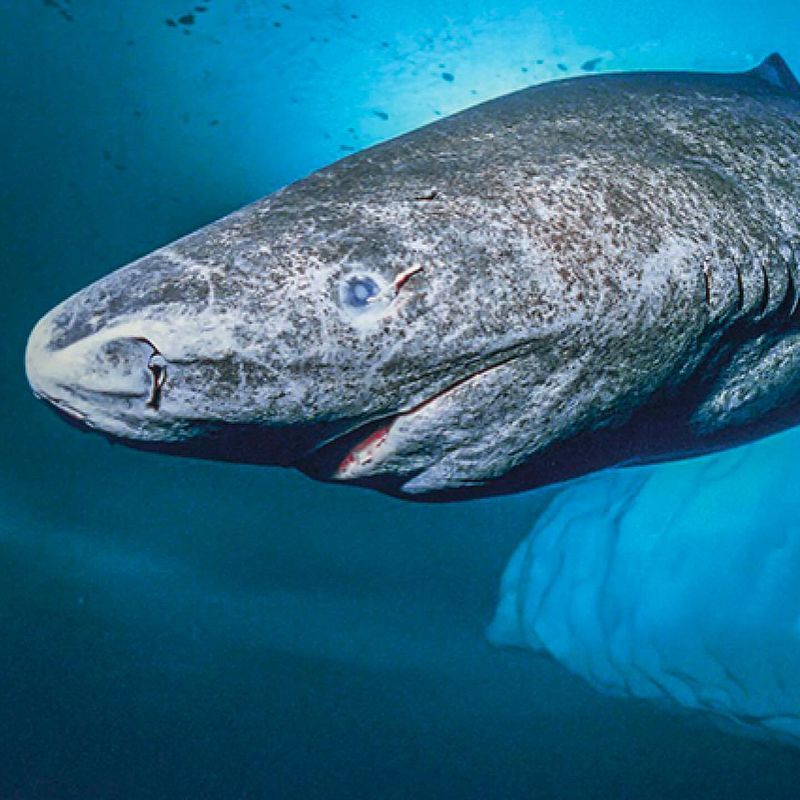
In the chilly waters of the North Atlantic, the Greenland Shark glides silently. This enigmatic creature can live up to 400 years, making it one of the longest-living vertebrates on the planet. Its slow metabolism and cold environment contribute to its extraordinary lifespan.
Unraveling the mysteries of its longevity, scientists study the Greenland Shark to understand aging better. These sharks grow at a snail’s pace, about one centimeter a year, which is a small price to pay for living through centuries.
Their diet is as varied as their lifespan, dining on fish, seals, and occasionally a polar bear. Despite their seemingly eternal life, Greenland Sharks remain a mystery, rarely seen by humans. Their elusive nature only adds to their enigmatic allure, leaving us pondering what secrets they hold beneath the icy waves.
2. Bowhead Whale
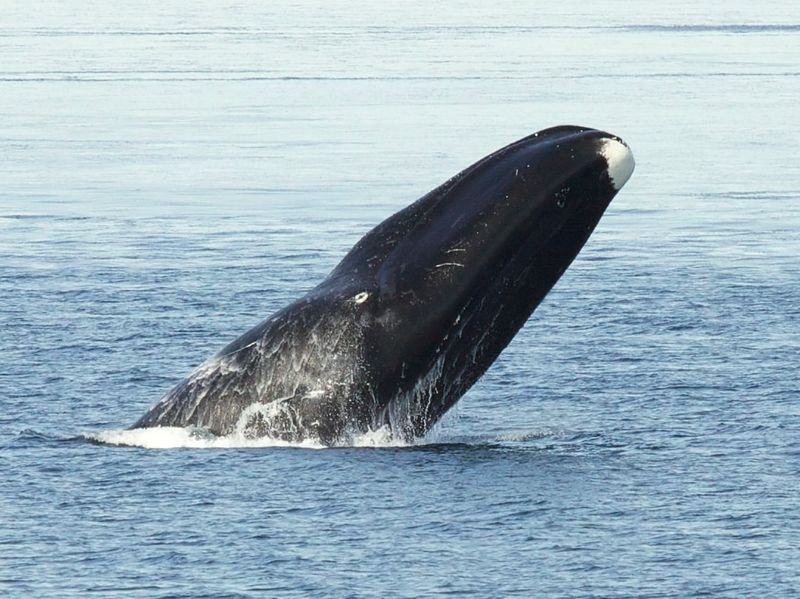
The Bowhead Whale gracefully navigates the Arctic waters, its life a testament to endurance and survival in harsh conditions.
With a lifespan that can exceed 200 years, this whale is a living relic of the marine world. Their ability to live so long is partly due to genetic mutations that protect them from diseases associated with aging. Bowhead Whales are known for their massive skulls, which they use to break through thick ice.
Living in the frigid Arctic, these whales have adapted to extreme cold, their blubber providing essential insulation. Their longevity is not just a biological wonder but a source of fascination and study, revealing what it means to thrive in one of Earth’s most inhospitable environments.
3. Aldabra Giant Tortoise
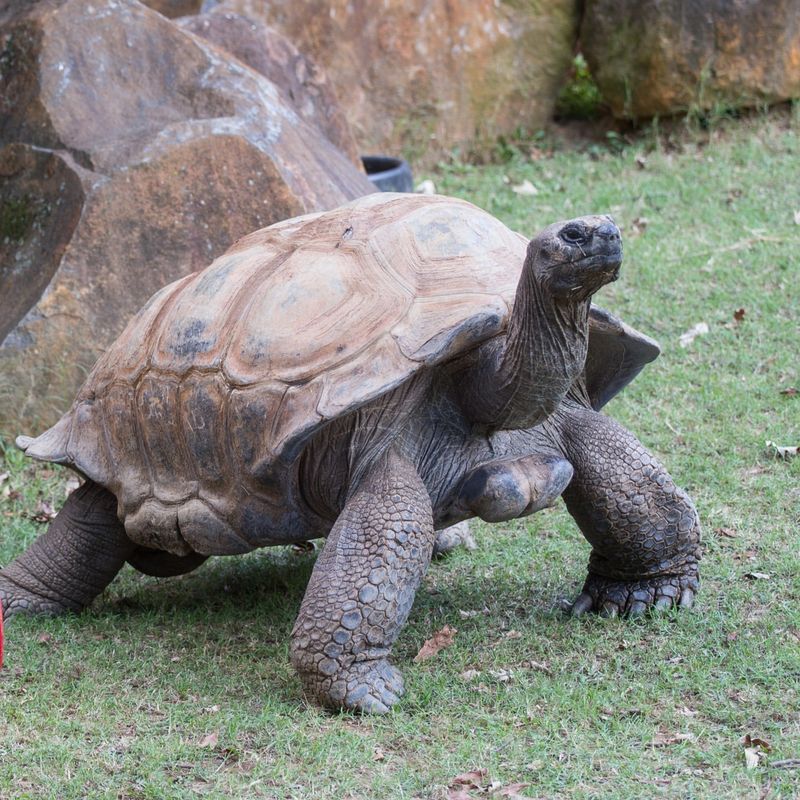
Meet the Aldabra Giant Tortoise, a slow-moving testament to patience and longevity. Native to the Aldabra Atoll in the Seychelles, these tortoises can live well over 150 years. Their secret to long life lies in their laid-back lifestyle and slow metabolism.
Spending their days munching on grasses and basking in the sun, these gentle giants have few natural predators.
The Aldabra Giant Tortoise’s leisurely pace is mirrored in its life span, proving that sometimes, slow and steady does win the race. With some individuals reaching weights over 500 pounds, they are not just old but also some of the largest tortoises in existence.
4. Red Sea Urchin
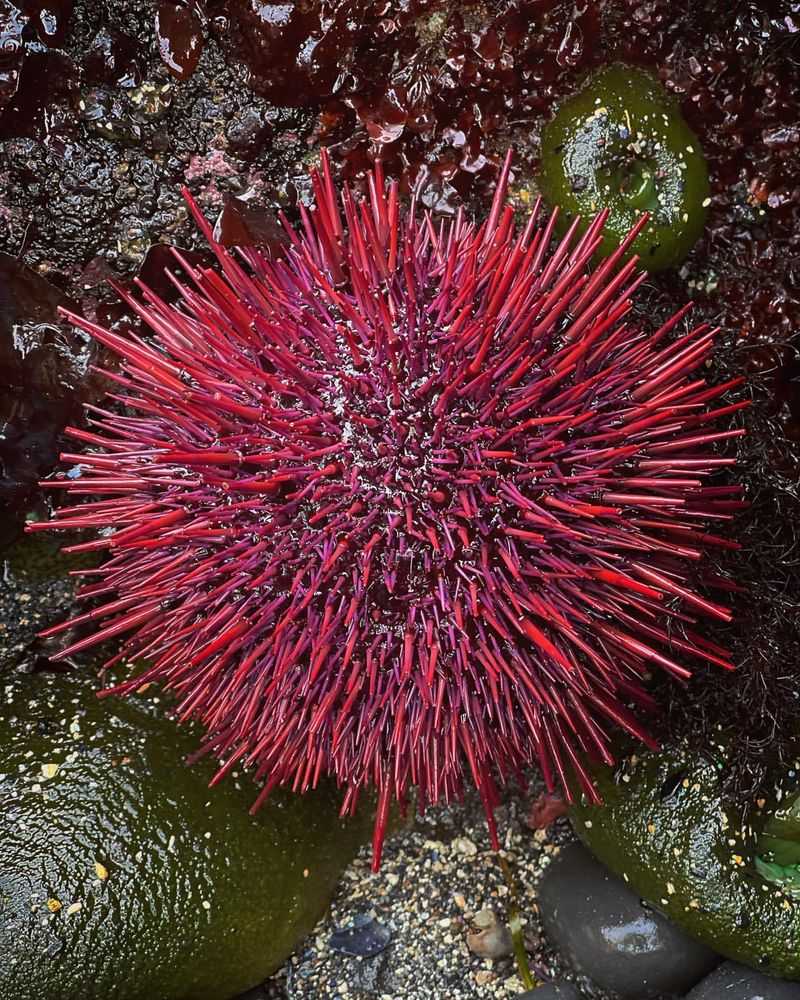
The Red Sea Urchin, residing along the Pacific coast of North America, holds the secret to eternal youth. With a lifespan that can exceed 200 years, these spiky creatures defy the typical aging process. Scientists believe their longevity is due to their ability to regenerate damaged tissues.
This regenerative power keeps them spry and vibrant, even in the later stages of life. Their role in the ecosystem is vital, as they help maintain the health of kelp forests.
By consuming algae that can overgrow, Red Sea Urchins play a part in preserving their underwater world, proving that living long and contributing to the environment go hand in hand.
5. Galápagos Tortoise
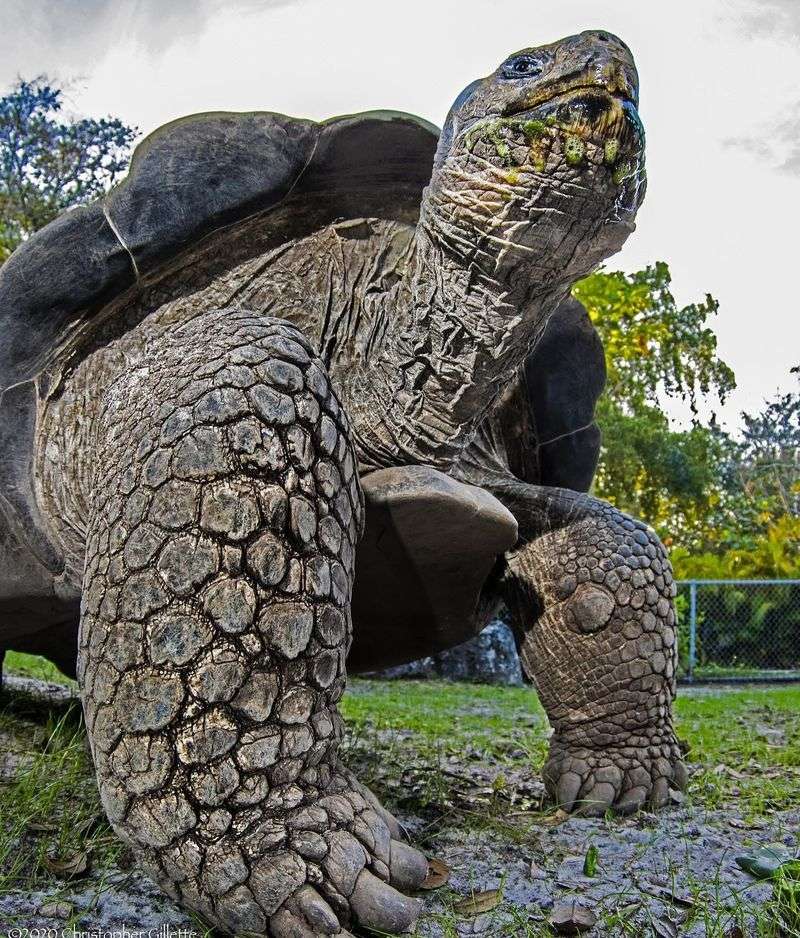
The Galápagos Tortoise, a symbol of the islands that share its name, embodies the concept of slow living. These giants can live over 150 years, basking in the tropical sun and roaming the terrain at their leisure.
Their long lifespan is supported by a herbivorous diet and a slow metabolism, allowing them to thrive without the need for frequent meals. This leisurely lifestyle, free of natural predators, contributes to their impressive longevity.
Galápagos Tortoises are not just a marvel of nature but a key part of their ecosystem. As seed dispersers, they play a crucial role in maintaining the ecological balance of the Galápagos Islands, ensuring that their legacy endures as long as they do.
6. Rougheye Rockfish
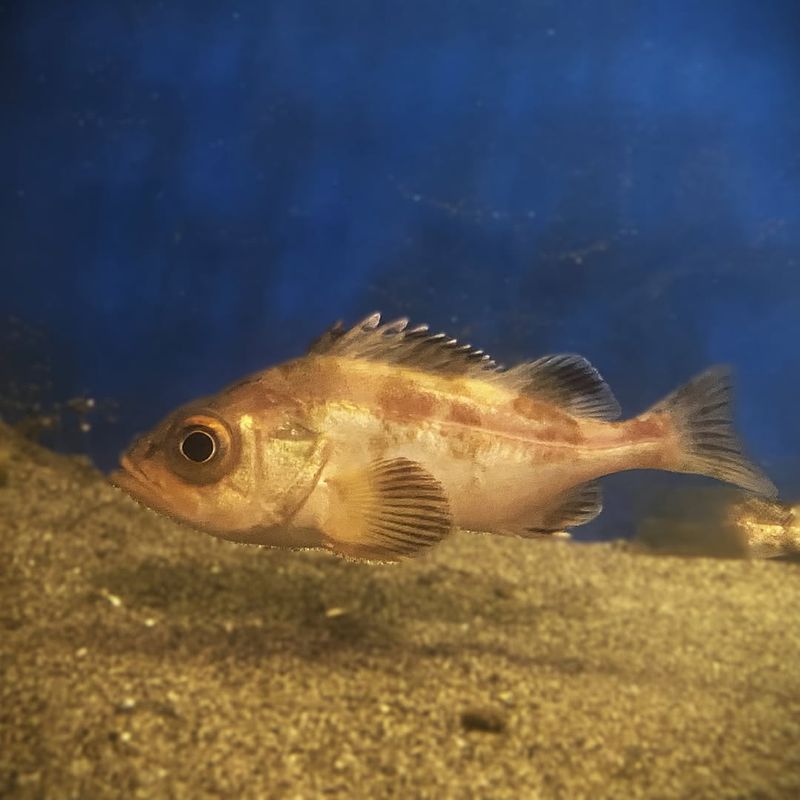
Deep beneath the Pacific Ocean, the Rougheye Rockfish thrives in the chilly depths, often living over 200 years. Its incredible lifespan is a result of its slow growth and late maturity. These fish are equipped with venomous spines that deter predators, allowing them to enjoy their lengthy lives relatively undisturbed.
Their long life also means they reproduce more over time, ensuring the continuation of their species. The Rougheye Rockfish’s ability to live for centuries is not just a testament to its adaptability but also a subject of study.
Scientists are keen to understand the genetic factors that contribute to its longevity, hoping to uncover secrets that could benefit other species, including humans.
7. Koi Fish
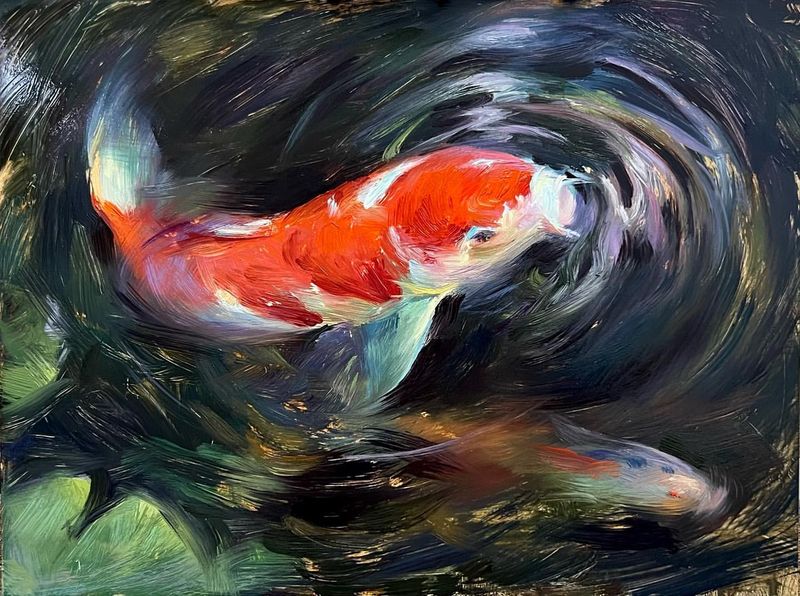
Koi Fish, adored for their vibrant colors and tranquil presence, can live well over 50 years, with some even reaching 200. Their longevity makes them a symbol of good fortune and perseverance. The environment plays a significant role in their lifespan.
Koi kept in ponds with clean, well-oxygenated water and a balanced diet tend to live longer. Their care is an art, often passed down through generations of koi enthusiasts.
Beyond their striking appearance, koi are also a cultural icon, especially in Japan, where they are associated with perseverance and success. Their ability to live for decades has made them a favorite among fish keepers worldwide, turning every pond into a canvas of living art.
8. Tuataras
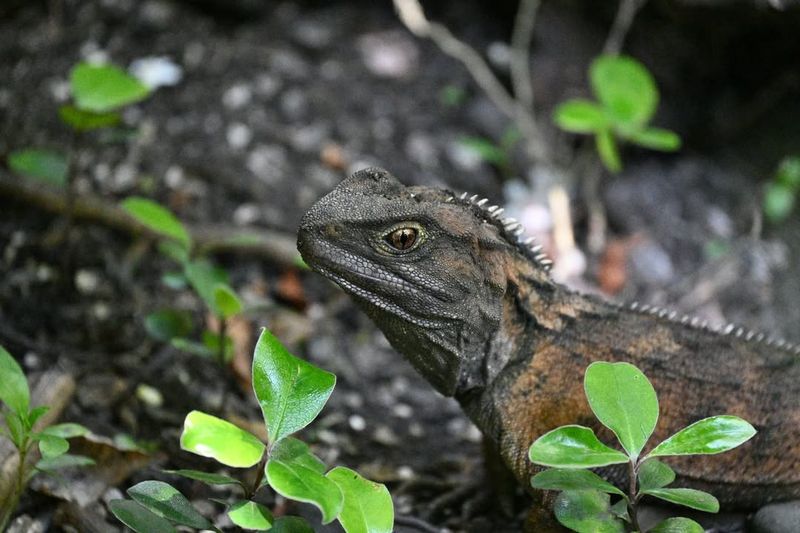
The tuatara, a reptile native to New Zealand, is often mistaken for a lizard but belongs to a distinct lineage. These ancient creatures can live well over 100 years. Their longevity is attributed to their slow growth and non-aggressive nature.
Tuataras are nocturnal and primarily feed on insects and small vertebrates, enjoying a life of solitude. As living fossils, tuataras offer a glimpse into a prehistoric past, with evolutionary roots tracing back over 200 million years.
Their survival is a testament to their adaptability and resilience, making them a unique and cherished part of New Zealand’s biodiversity.
9. Orange Roughy
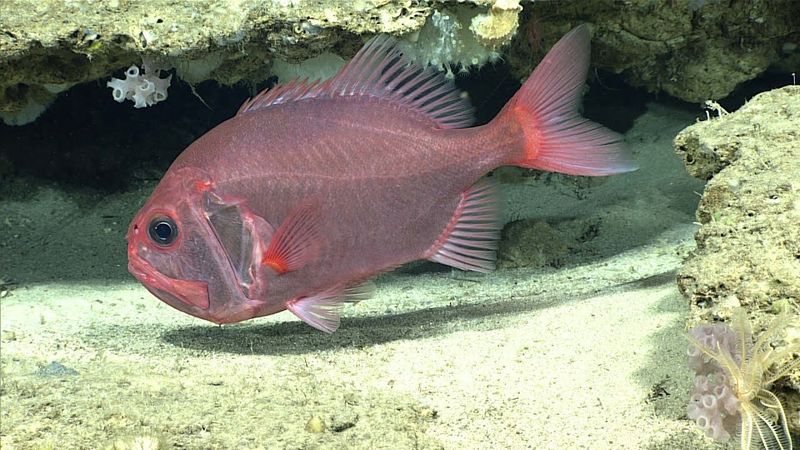
The Orange Roughy, a deep-sea fish, boasts a lifespan that can exceed 150 years. Found in the cold depths of the Atlantic and Pacific Oceans, they grow slowly and mature late. Their long life has made them a target for commercial fishing, leading to concerns about overfishing and population decline.
Conservation efforts are needed to ensure these fish continue to thrive in their deep-sea habitat. Despite their unattractive name, Orange Roughies are an important part of the ocean’s ecosystem, contributing to the food chain.
Their longevity and slow reproductive rate make them particularly vulnerable, highlighting the need for sustainable fishing practices.
10. Geoduck Clam
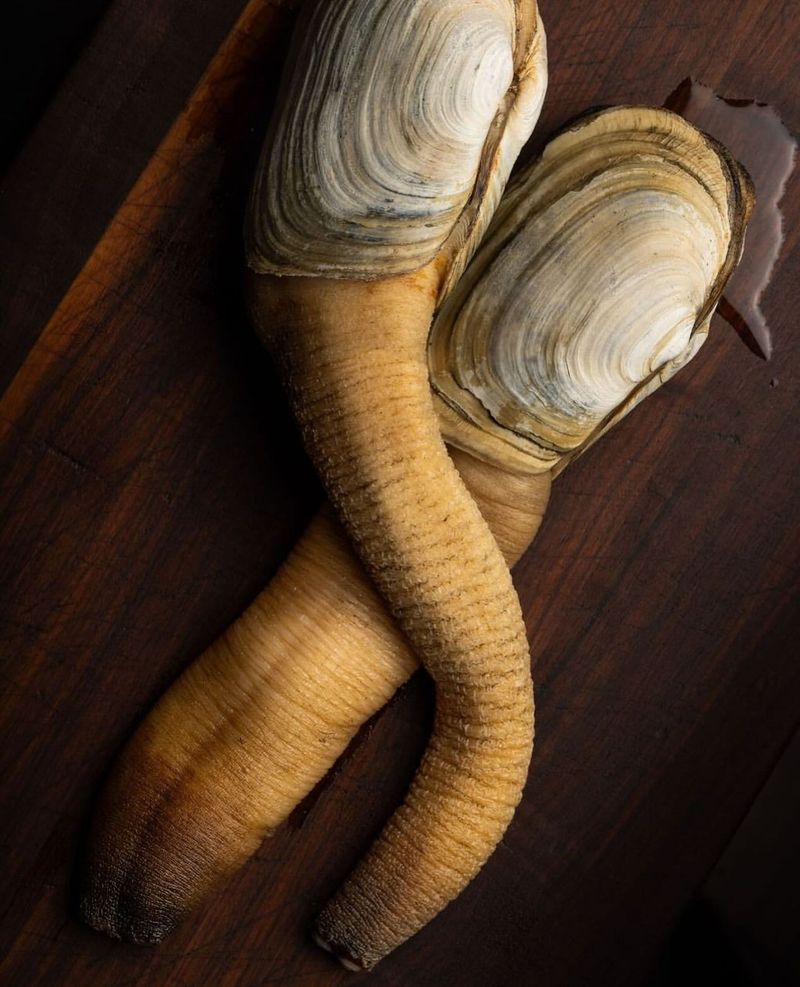
The Geoduck Clam, native to the Pacific Northwest, is a bivalve with a peculiar appearance and an impressive lifespan of over 100 years. Known for its long siphon, it burrows deep into the sandy seabed. Their longevity is linked to their habitat, where they remain protected from many predators.
Geoducks grow slowly, taking years to reach full size, which contributes to their extended lifespan. Beyond their unique look, geoducks are valued for their culinary appeal, especially in Asian cuisine.
Their long life and tasty flesh make them a sought-after seafood delicacy, demonstrating that sometimes, age and flavor go hand in hand.
11. Jellyfish
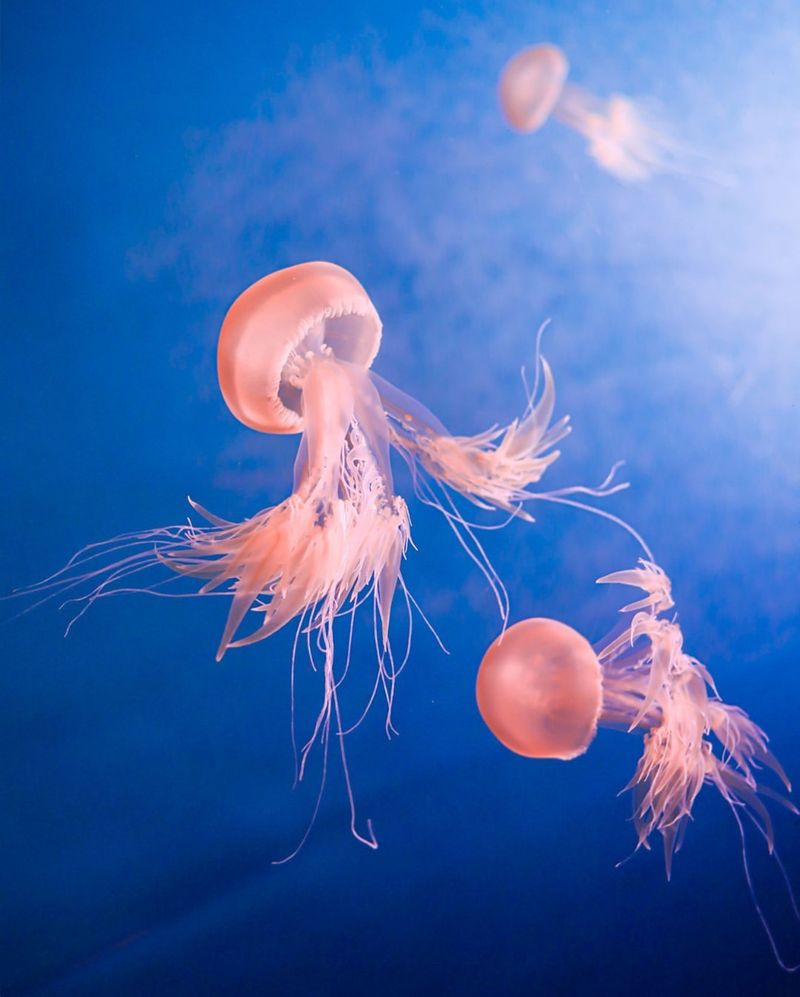
Known as the ‘immortal jellyfish’, Turritopsis dohrnii can theoretically live forever, a feat unmatched in the animal kingdom. Found in oceans worldwide, it has the unique ability to revert to its juvenile form after reaching maturity.
This process, called transdifferentiation, allows the jellyfish to bypass death, essentially resetting its life cycle. While not truly immortal due to threats like predation, this jellyfish holds the secret to biological immortality.
The Turritopsis dohrnii’s remarkable ability has intrigued scientists, sparking research into aging and cellular regeneration. While it remains a mystery, this jellyfish inspires hope for unlocking the secrets of longevity and rejuvenation.
12. Lake Sturgeon
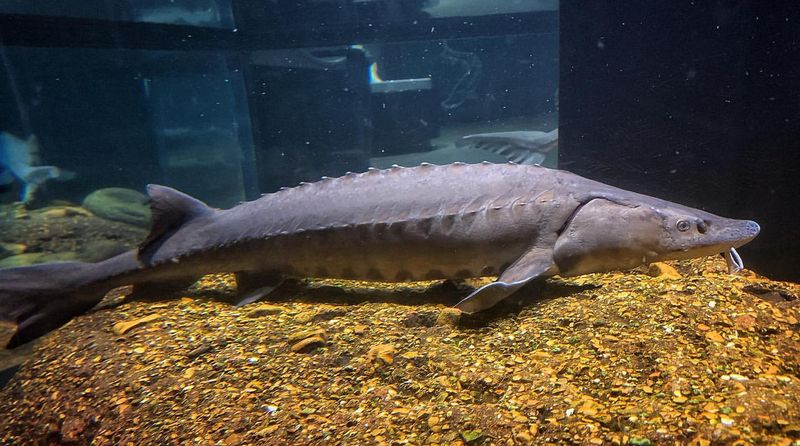
Lake Sturgeons, ancient fish inhabiting North American waters, can live over 100 years. Their lineage traces back millions of years, earning them the nickname ‘living fossils’. Their long lifespan is complemented by their slow maturation and lengthy reproductive cycles.
These fish are known for their distinctive, armored appearance, which has remained unchanged for millennia. Conservation efforts are crucial for Lake Sturgeon populations, which have faced challenges from overfishing and habitat disruption.
Protecting these fish ensures that a vital link to our planet’s aquatic history endures, offering insights into the resilience of life over time.
13. Giant Barrel Sponge
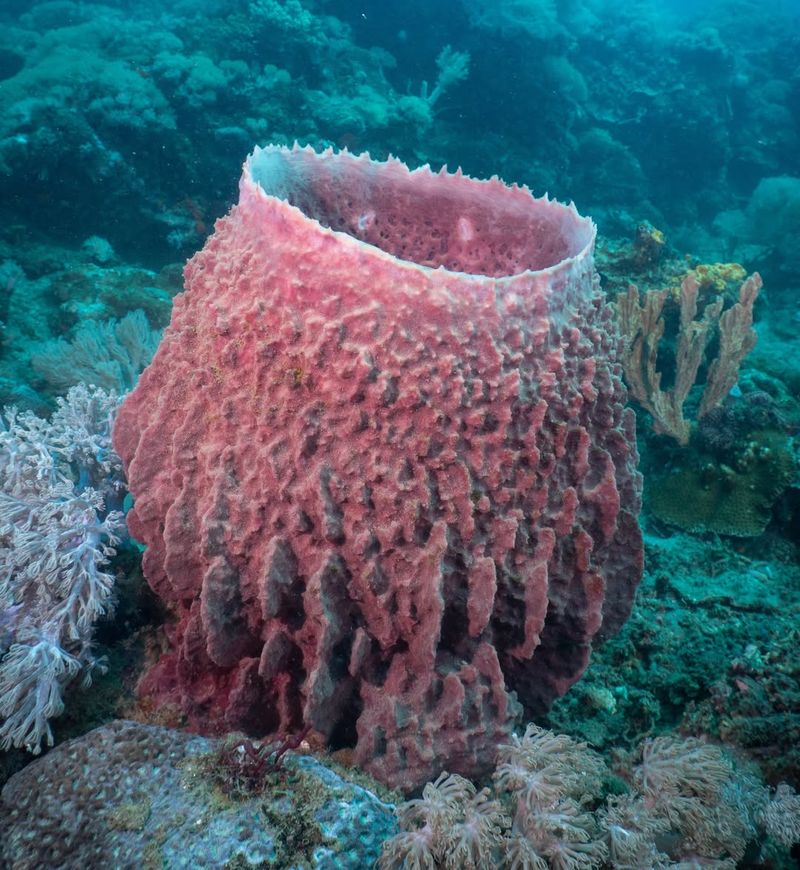
The Giant Barrel Sponge, a colorful resident of coral reefs, can live for over 2000 years, making it one of the oldest living creatures in the ocean. Their longevity is tied to their slow growth and resilience to environmental changes.
Sponges filter water, playing a crucial role in maintaining reef health and providing habitat for various marine species. As silent witnesses to history, Giant Barrel Sponges offer insights into past ocean conditions.
Their impressive age and contribution to marine ecosystems make them invaluable not only as biological wonders but also as guardians of underwater history.

